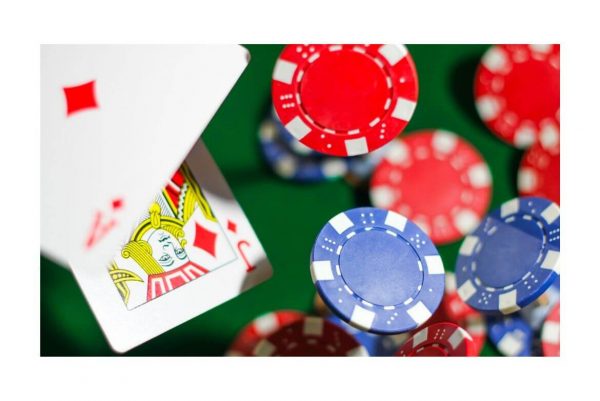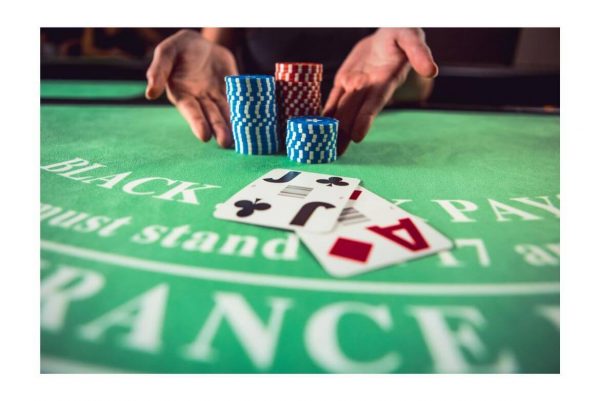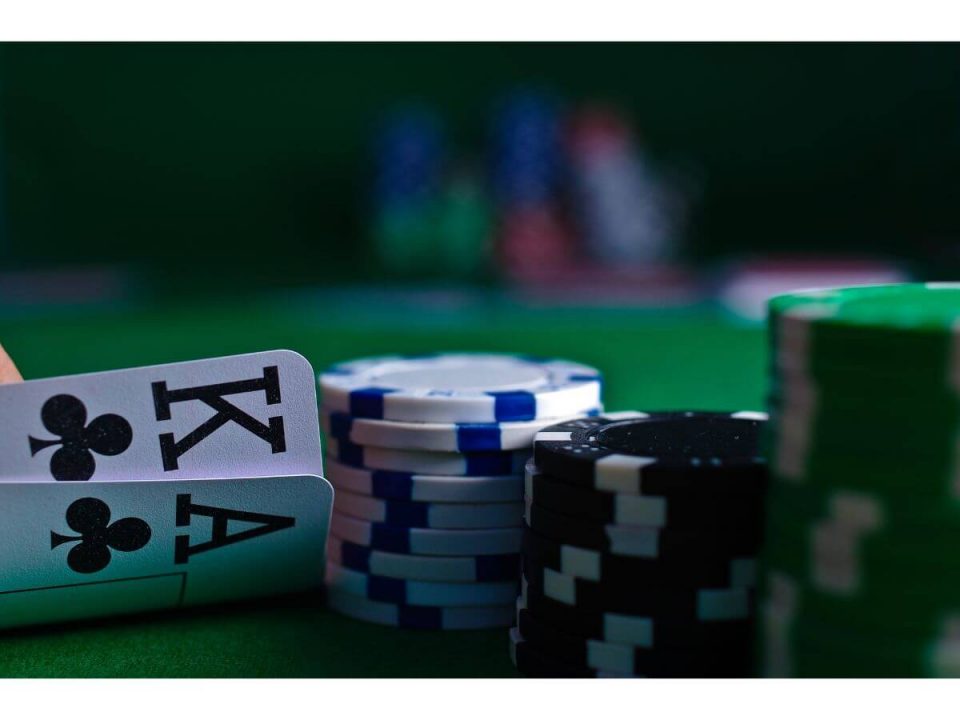Blackjack is also known as Twenty-One. The rules are simple, the gameplay is exciting, and there is room for high strategy. In fact, for the expert player who mathematically plays a perfect game and can count cards, the odds of winning are sometimes in his favor.
While the popularity of Blackjack dates back to World War I, its origins can be traced back to the 1760s in France, where it is known as Vingt-et-Un (French for 21). Blackjack is now the only card game found in every American casino.
Table of Contents
The Card Pack
Although the standard 52-card pack is used, most casinos shuffle several decks of cards together. The most popular is the six-deck game (312 cards). Furthermore, the dealer utilizescare a blank plastic card, which is never dealt but is placed near the bottom of the pack to indicate when it is time to reshuffle the cards.

Game’s Objective
Each player tries to beat the dealer by getting as close to 21 without going over as possible.
Card Values
Face cards are worth 10, and all other cards are worth their pip value. Whether an ace is worth 1 or 11 is up to each player.
Betting
Before the deal starts, each player puts a bet in chips in the right spot in front of them. There are limits on how much you can bet, and those limits are usually between $2 and $500.
The Deal
After everyone has placed their bets, the dealer gives each player one card face up. The dealer also gets one card face up. Then, another round of cards is given to each player face up, however the dealer’s second card is face down.
Naturals
If the first two cards a player gets are an ace and a “ten-card” adding up to 21, this is called a “natural” or “blackjack.” If a player has a natural and the dealer doesn’t, the dealer pays that player 1.5 times what they bet right away. If the dealer has a natural, all bets from players who don’t have naturals are taken right away (but no additional amount). If both the dealer and a player have naturals, that player’s bet is a tie, and gets his chips back.
Playing
The player on the left goes first and must decide whether to “stand” (not ask for another card) or “hit” (ask for another card in an attempt to get closer to a count of 21, or even hit 21 exactly). So, a player can stand on the two cards they were given or ask the dealer for more cards, one at a time, until they decide to stand (if their total is 21 or less) or go “bust” (if it is over 21).
When a player has an ace and a card that is not a ten, this is called a “soft hand” because the ace can be counted as either a 1 or an 11, and the player can decide whether or not to draw more cards. Check an online casino’s blog for the best strategies and statistics.
The Dealer’s Play
When everyone has been dealt with, the dealer’s card that was face down is turned over. If the sum is at least 17, it must stand. If the sum is 16 or less, they have to draw a card.
Splitting Pairs
If a player’s first two cards are the same value, like two jacks or two sixes, they can choose to play them as two different hands when it’s their turn. The original bet amount is then put on one of the cards, and the same amount must be put on the other card as a bet. First, the player plays the hand to his or her left by standing or hitting one or more times. Only then does the player play the hand to his or her right.

Insurance
When the dealer’s face-up card is an ace, any player can make a side bet of up to half the original bet that the dealer’s face-down card is a ten-card, giving the house a blackjack. After all of these side bets have been made, the dealer will look at the hole card. If it’s a ten-card, it’s turned over, and players who bet on insurance win and get paid twice the amount of their half-bet, or 2 to 1. When the dealer gets a blackjack, the hand is over and the main bets are taken from the players.
Settlement
The fact that the player goes first is a big plus for the dealer. Even if the dealer goes bust, if the player goes bust, they have already lost their bet.
If the dealer stands at 21 or less, the dealer pays the bet of any player with a higher total (not more than 21) and takes the bet of any player with a lower total. If a player and the dealer have the same total, there is a stand-off. In this case, no chips are given out or taken in.
